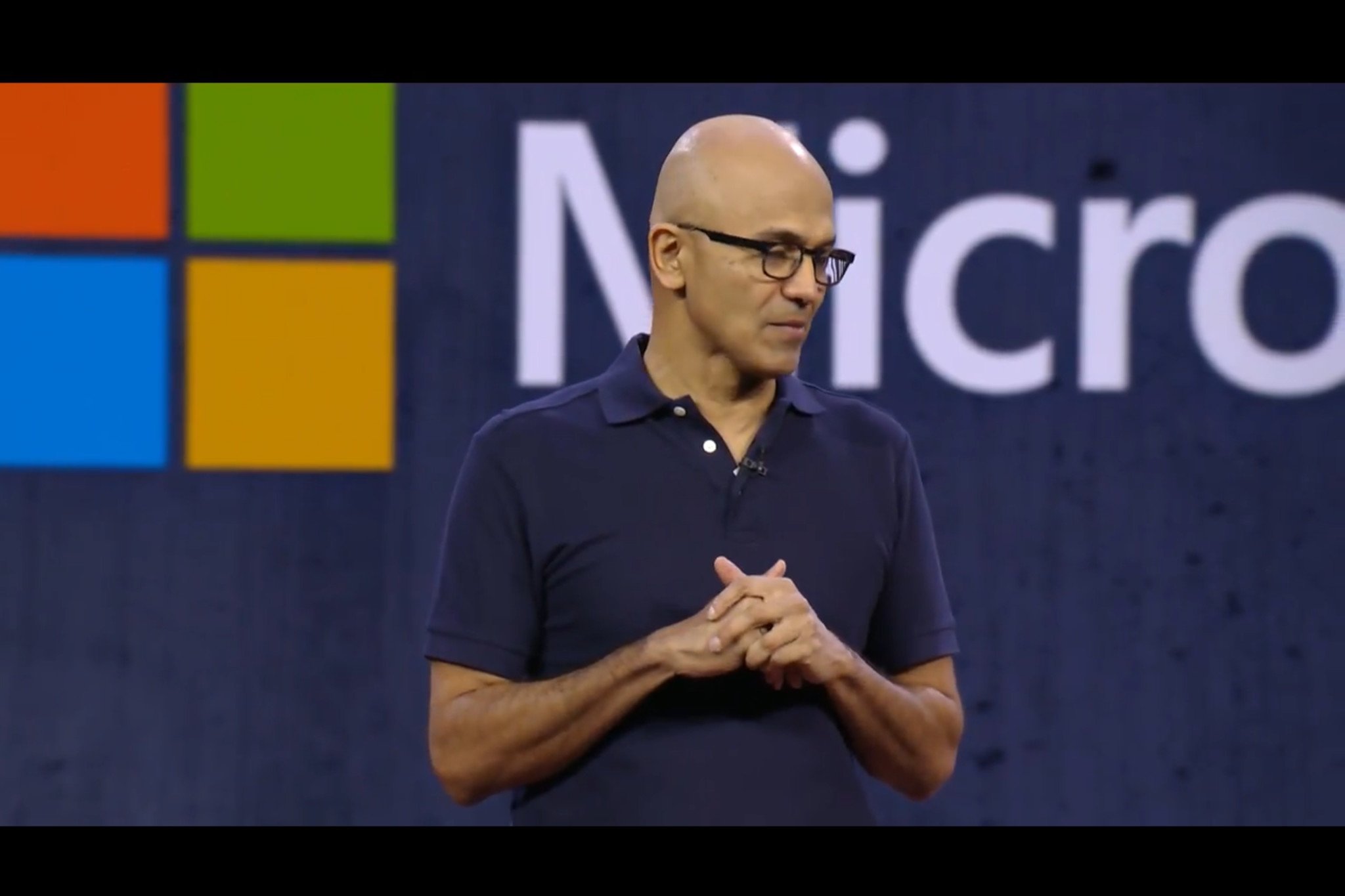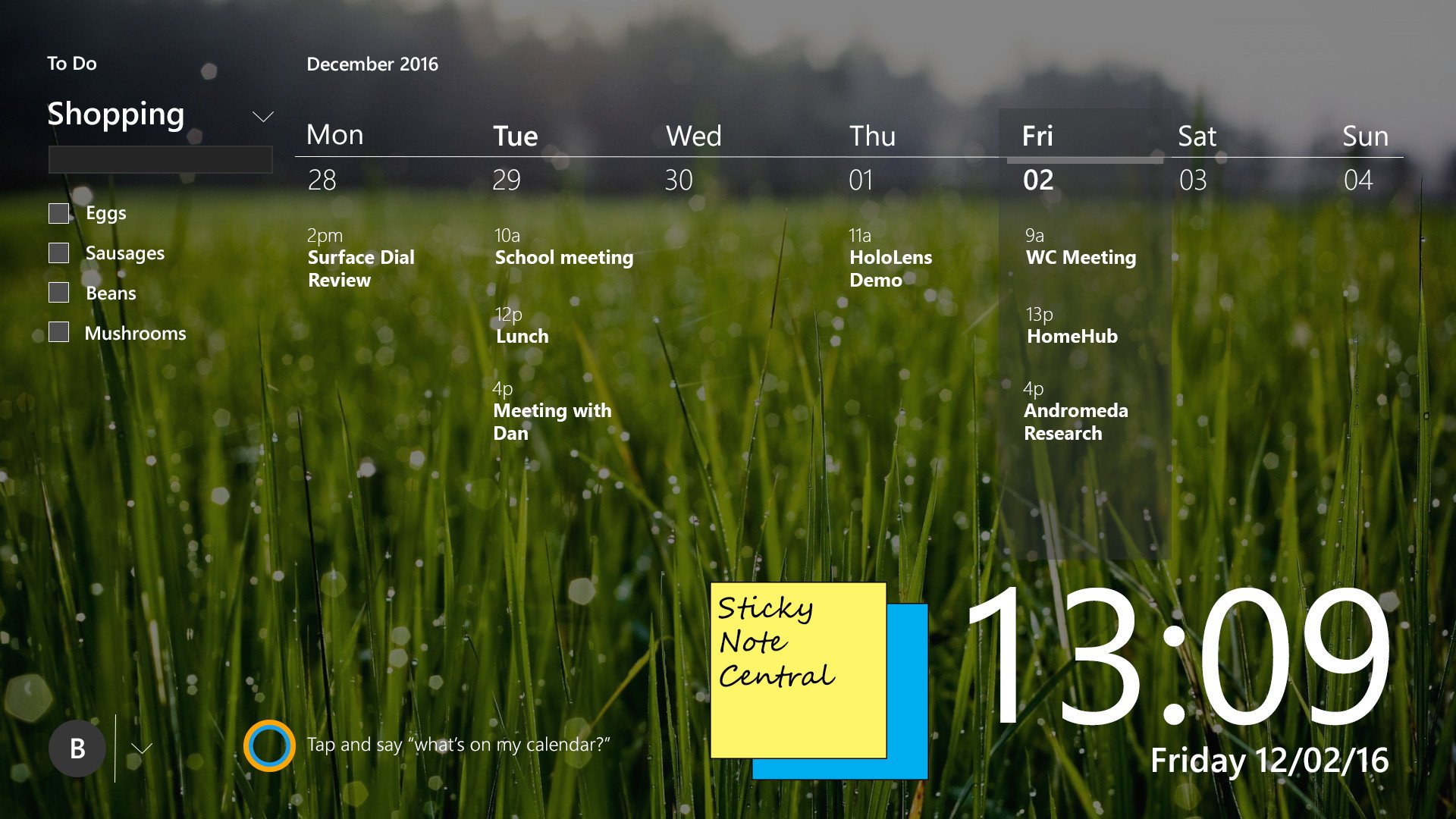How Amazon and Alexa are extinguishing Microsoft's IoT ambitions
Amazon is crushing Microsoft's ambitious IoT goal of providing both a platform and front-end for ambient computing with its aggressive Alexa-driven strategy.

Computing is shifting from a device-focused to ambient-computing paradigm. Ambient computing is where computers of various shapes and sizes are part of our environments, as Internet of Things (IoT) devices that can perceive us and respond to our commands.
Many tasks that have historically been done on smartphones are now being done via smart speakers like Amazon's Echo. With 50,000 "skills" and integration with a growing list of apps and businesses, Amazon's digital assistant, Alexa, is the industry-leading ambient computing device. Its position is so pervasive that Microsoft recently began piggy-backing its less-popular digital assistant Cortana on the consumer-focused Amazon Echo.
Ambient computing, via billions of IoT devices on the intelligent edge, is expected to become the norm in the coming years. Thus, Microsoft developed an ambitious two-pronged strategy to secure its future. Via a platform approach, it's providing infrastructure-building industry tools, like Azure IoT Hub and Azure Sphere, that will enable and secure ambient computing. Microsoft's "front-end" to this strategy is the unreleased Home Hub. Home Hub reportedly aims to turn Windows 10 PCs into smart-home-connected, Cortana-powered smart speakers with screens. While we wait for this to show up, Amazon is putting Alexa into everything from microwaves to clocks.
Time may be running out for Microsoft.
What Home Hub dreams may come

In 2016, we learned of Microsoft's ambitious Home Hub vision. Via a software approach, Microsoft hoped to turn its growing Windows 10 install base into an army of smart-speakers with screens to rival Amazon's Echo and Google Home. OEMs were also expected to jump on board with all-in-one touch-screen devices with a Home Hub focus. Home Hub was expected to provide connectivity to smart homes allowing users to command Cortana to adjusts lights, manipulate locks, and more.
Furthermore, Home Hub would allow families to share the same PC, and relevant information like calendars or shared apps, but secure individual data through Windows Hello. A new Welcome Screen was to be the default, making viewing a shared calendar or sticky notes easy for a family as they used the device from a communal location.
Additionally, Cortana was expected to play a critical role in Home Hub by recognizing users and facilitating tasks. Though the timetable for Home Hub was never publicly etched in stone, there was an expectation that 2018 would bring some of Home Hub home to the masses. The little we've heard on the Home Hub front, combined with Microsoft's shift of Cortana (a key component of its functionality) away from consumers, is telling of it's likely less than optimal progress. Conversely, Amazon's recent release of a bevy of Alexa-powered products is driving Amazon's ambient computing advantage home for the masses.
Get the Windows Central Newsletter
All the latest news, reviews, and guides for Windows and Xbox diehards.
Amazon's Alexa is everywhere
On September 20, Amazon announced a refresh to its Echo smart speaker line along with several new products. An Alexa-powered microwave and clock were among the products Amazon presented as part of its strategy to make Alexa the user interface for the age of ambient computing.
The affordable $50 Echo Dot brings improved audio while the $150 Echo Plus added that and the ability to control smart home devices without Wi-Fi. Echo Auto will bring Alexa to our cars for $50 when it becomes publicly available. And Echo Input is a speaker-less device that turns non-Amazon products into Alexa-enabled speakers for $35. For $230, Echo Show is the connected smart-speaker with a 10-inch HD screen that Home Hub, for now, is not.
Furthermore, Amazon Go stores equipped with IoT sensors and intelligence have enabled cashier-less shopping experiences. Amazon is rumored to be planning to add 3,000 more Amazon Go stores to its four debut stores by 2021.
Amazon's army of devices and Amazon Go locations are the "front-end" to ambient computing that Microsoft has been slow to implement in its two-pronged platform and front-end (Home Hub) approach. But consistent with its history, its strength is in the background.
Microsoft's got your ambient computing backend
Microsoft's strategy is to provide the tools others use to achieve more and to build foundational infrastructure for computing paradigms. Microsoft's Azure IoT Hub is a cloud-based service companies can use to "connect, monitor and manage billions of IoT devices and develop IoT applications." Azure Sphere brings comprehensive state of the art security to the silicon that is part of IoT devices, the OS that runs them and the cloud that powers them. Azure intelligence also analyzes vasts amounts of device data allowing the system to predict maintenance requirements and proactively send a repairman before products fail.
Though not as exciting as intelligent clocks, microwaves and showboating smart screens, Microsoft's platform approach is an unsung hero. It provides structure and security to an ambient computing world that will be part of virtually everything we do.
Still, it is Microsoft's dual-user, or professional and consumer, commitment that promotes its mission to serve both the enterprise and consumers. Consequently, its failure, or slow progress in the consumer space often draws criticism. Microsoft CEO Satya Nadella said:
Microsoft's approach will always be this dual-use focus, or multi-focus. What we can uniquely do is bridge consumer to enterprise
Amazon is establishing itself as the hub (or front-end) for ambient computing. Sadly, Microsoft may find itself in need of piggybacking even more of Amazon's efforts.
Related
How Microsoft's mixed reality strategy may augment its Home Hub and IoT visions
Jason L Ward is a columnist at Windows Central. He provides unique big picture analysis of the complex world of Microsoft. Jason takes the small clues and gives you an insightful big picture perspective through storytelling that you won't find *anywhere* else. Seriously, this dude thinks outside the box. Follow him on Twitter at @JLTechWord. He's doing the "write" thing!

